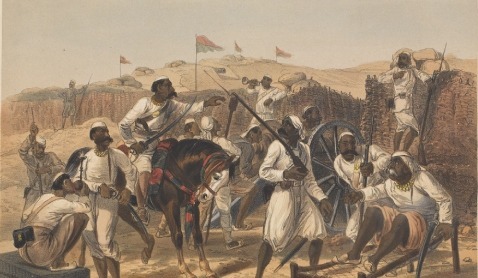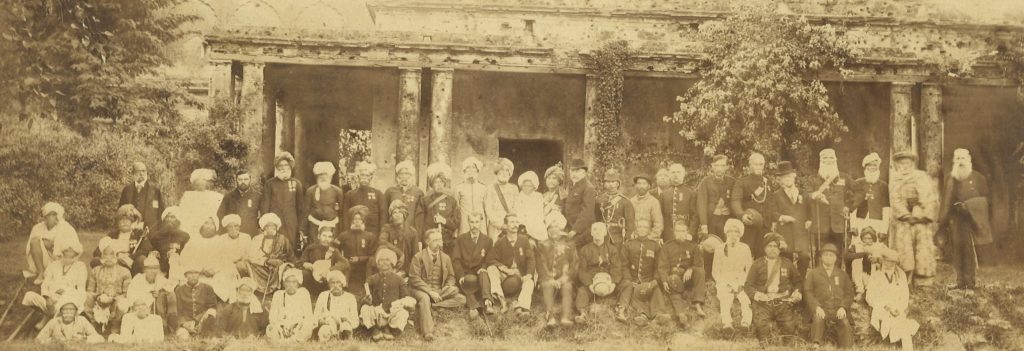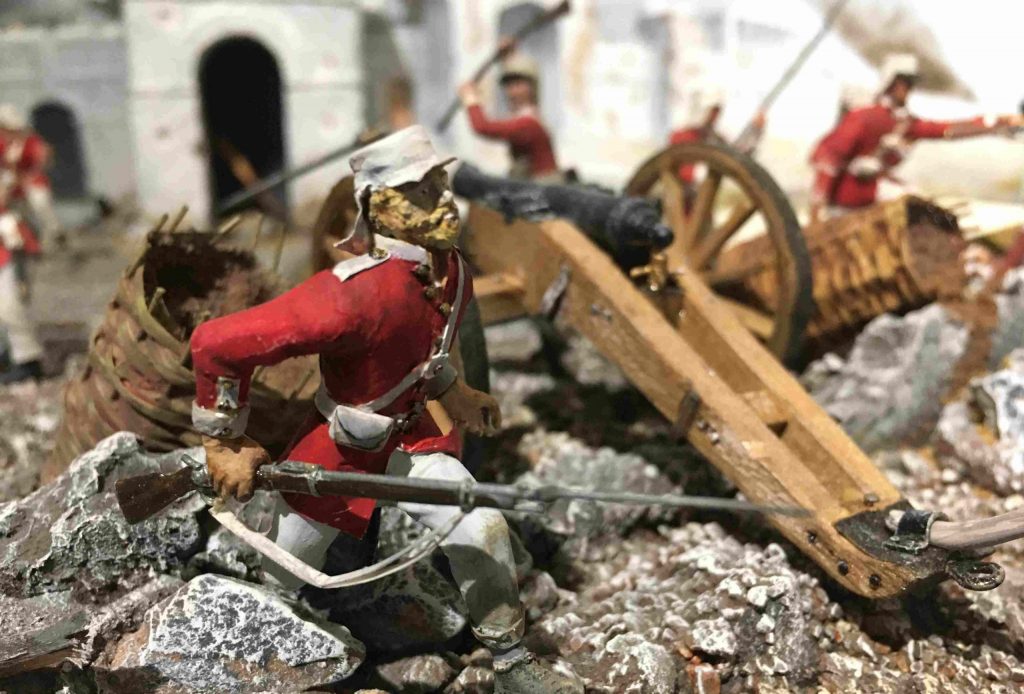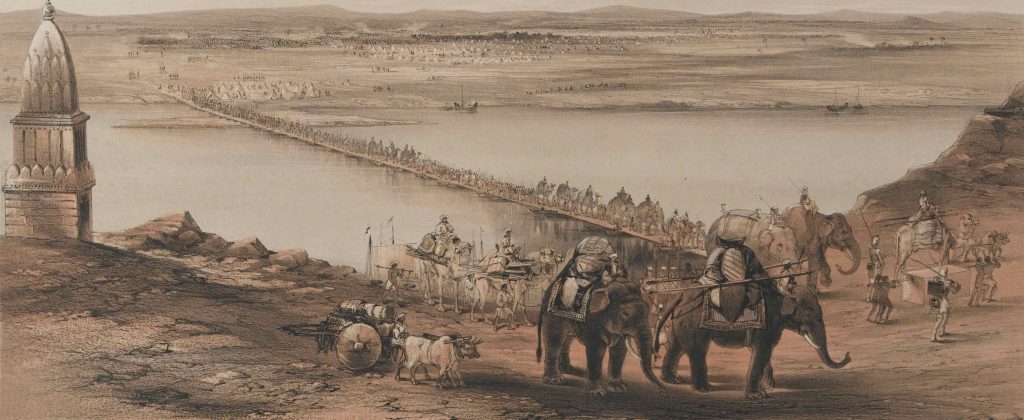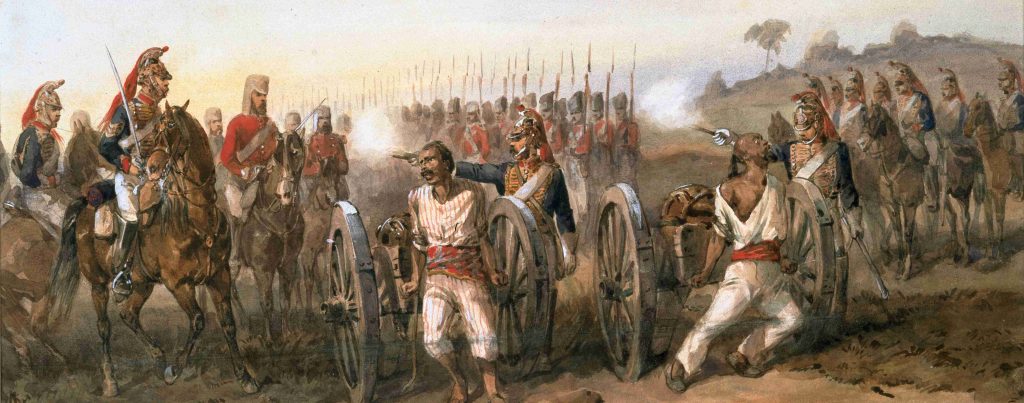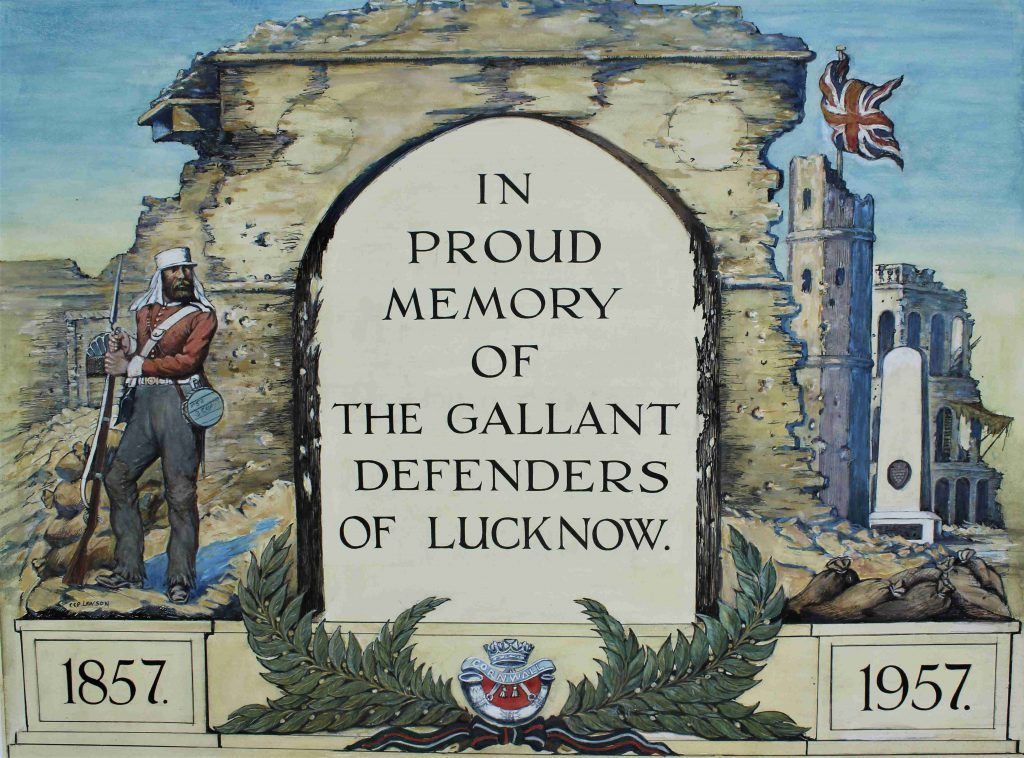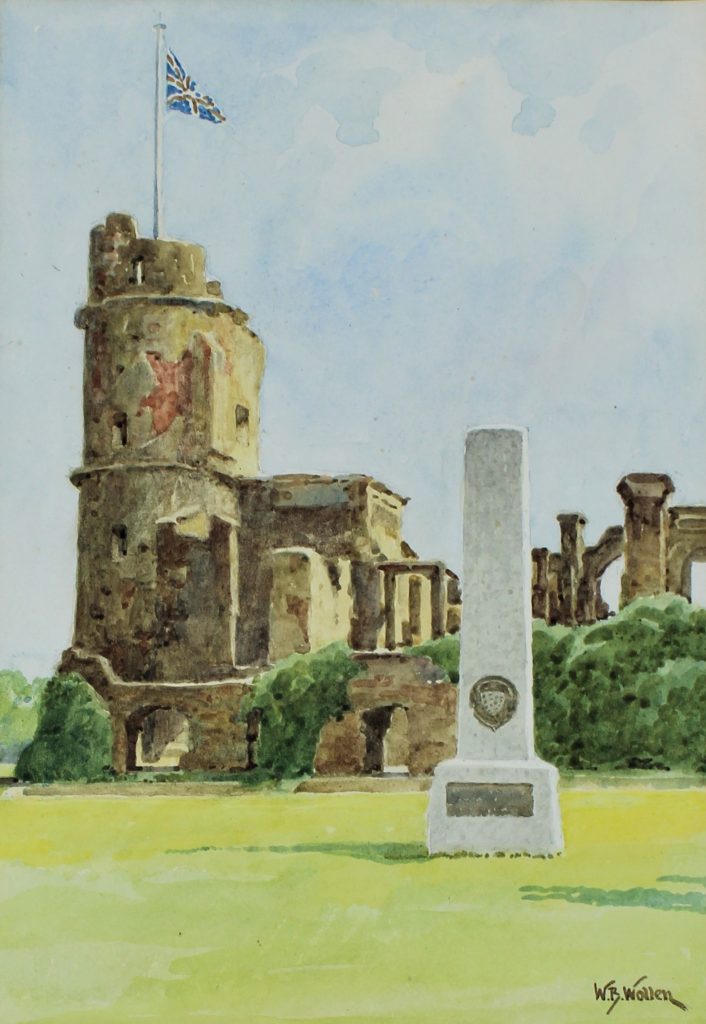1857 and the siege of Lucknow were a turning point for British colonialism in India. Up until this point, the British East India Company, a trading company, had taken control of large parts of the Indian subcontinent. Throughout this process, they relied upon alliances with local Indian rulers as well as an army of Indian soldiers. These men were known as sepoys.
In 1857, large groups of sepoys rebelled. They were supported by Indian civilians and nobles across northern India, who set about besieging and reclaiming various cities under British rule.
In the city of Lucknow around 3,000 British supporters were held under siege for 148 days. This exhibition explores the reasons behind the rebellion and examines what life was like for the British and Indian defenders of Lucknow.
Click on the images below to learn more.
Headline Image Courtesy of the National Army Museum, London


